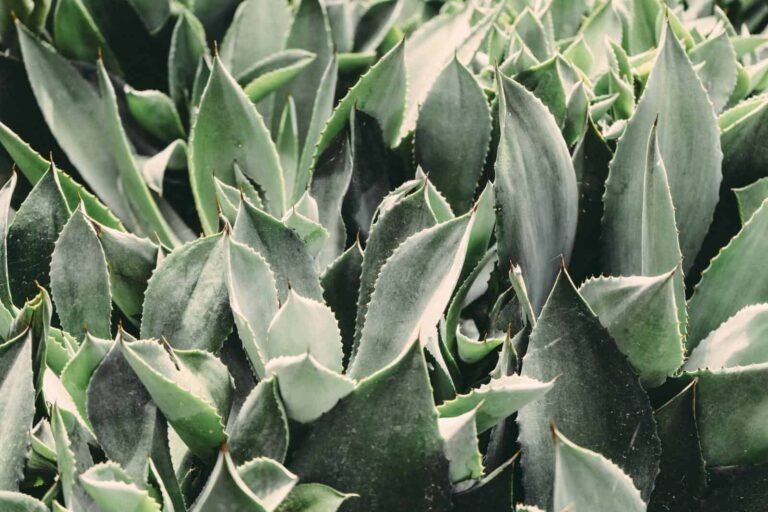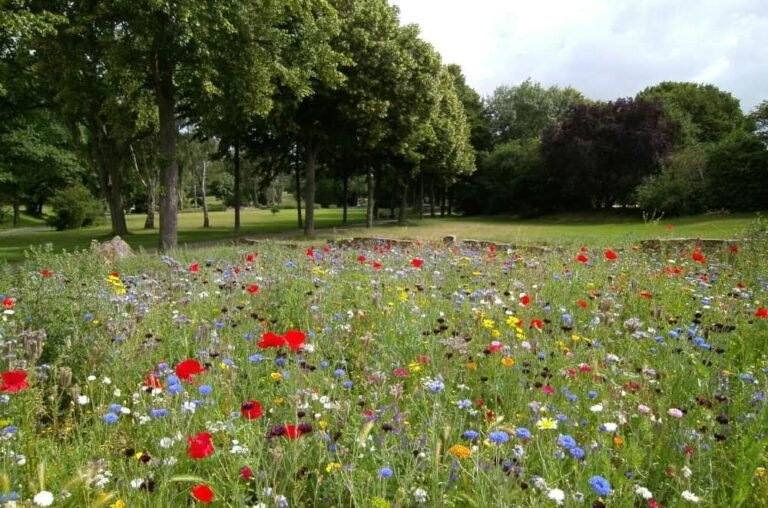Composting 101: How To Start A Compost Bin

Are you frustrated by the amount of kitchen scraps and yard waste filling up your trash bin each week? As a gardener, you likely understand the importance of nurturing your plants with nutrient-rich soil, but finding sustainable solutions in a world focused on convenience can be challenging. Composting offers a way to not only reduce waste but also create a valuable resource for your garden. In this guide, we’ll explore how composting can transform your gardening experience, what compost is and why it’s essential, and provide practical tips to help you get started.
This article may contain affiliate links to trusted partners, which help run this site at no extra cost to you.
What is Compost?
Compost is organic matter that has decomposed and transformed into a nutrient-rich soil amendment. It’s typically made from a mix of “green” materials, like kitchen scraps and grass clippings, which provide nitrogen, and “brown” materials, such as dried leaves and cardboard, which add carbon. This decomposition process is facilitated by microorganisms breaking down the organic matter, resulting in a dark, crumbly substance that improves soil structure and fertility.
Why Composting Matters
Embracing composting is not just about reducing waste; it’s about efficiency, environmental stewardship, and cost-effectiveness. By composting your organic waste, you divert it from landfills, where it would otherwise contribute to greenhouse gas emissions. Instead, you’re creating a natural fertilizer that enriches your garden soil, promotes healthier plant growth, and reduces the need for chemical fertilizers. This sustainable practice not only benefits your garden but also supports a more eco-friendly lifestyle.
Materials Needed to Start Composting
To begin composting at home, gather these essential materials:
- Compost Bin: Choose a suitable container based on your space and needs, whether it’s a DIY setup or a purpose-built bin. Opt for materials like plastic, wood, or metal that can withstand outdoor conditions.
- Brown Materials: Include dry leaves, cardboard, newspaper, and sawdust—providing essential carbon for the composting process. Shred or tear them into smaller pieces to speed up decomposition.
- Green Materials: Add kitchen scraps like fruit and vegetable peels, coffee grounds, grass clippings, and plant trimmings, which supply nitrogen. Chop larger items into smaller pieces to accelerate breakdown.
- Water: Maintain moisture levels akin to a wrung-out sponge to facilitate microbial activity and decomposition. Use a watering can or hose with a gentle spray setting to add water as needed.
Composting Techniques for Success
- Location Selection: Place your compost bin in a well-drained area with access to partial sunlight to maintain optimal decomposition conditions. Avoid placing it directly on concrete or asphalt, as it can hinder drainage and airflow.
- Layering Method: Begin with a base layer of coarse materials such as twigs or small branches to promote airflow and drainage. Alternate layers of brown and green materials to achieve a balanced carbon-to-nitrogen ratio. Aim for approximately three parts brown materials to one part green materials by volume.
- Moisture Management: Keep your compost pile moist but not waterlogged to support microbial activity. Water occasionally during dry periods or if the compost appears dry when turned. Use a compost thermometer to monitor internal temperature and adjust moisture levels accordingly.
- Aeration and Turning: Regularly turn the compost pile to introduce oxygen and accelerate decomposition. This also helps prevent odors and compacting. Use a pitchfork or compost aerator to gently mix the materials, focusing on incorporating outside edges into the center.
Tips for Common Issues
- Odor Control: If your compost emits unpleasant odors, it may indicate too much moisture or insufficient aeration. Add more brown materials like dry leaves or shredded paper and turn the pile more frequently to improve airflow.
- Slow Decomposition: Address slow decomposition by ensuring a balanced mix of brown and green materials and maintaining adequate moisture and aeration levels. Chop larger materials into smaller pieces and ensure proper layering for efficient breakdown.
- Pest Management: Minimize pest attraction by avoiding meat, dairy, and oily foods in your compost pile. Cover fresh food scraps with a layer of brown materials and secure the bin with a tight-fitting lid or cover to deter pests.
Common Composting Mistakes to Avoid
- Improper Material Choices: Avoid adding non-compostable items like meat, dairy, and pet waste, which can attract pests and delay decomposition. Use organic materials that can break down naturally.
- Imbalanced Ratios: Maintain a proper ratio of brown to green materials (approximately 3:1) to ensure efficient composting and prevent odors. Adjust ratios as needed based on compost moisture and temperature levels.
- Inconsistent Moisture Levels: Strive for consistent moisture levels to foster microbial activity without saturating the compost pile. Check moisture levels regularly and adjust watering practices based on weather conditions and composting progress.
Understanding how to start a compost bin empowers you to take control of your household waste and garden health. By composting, you can turn what would be discarded into a valuable resource. Whether you’re a novice gardener looking to enhance plant growth or an eco-conscious individual striving to minimize your environmental footprint, composting offers a practical and rewarding solution.
Consistency and balance are key to successful composting. Maintain a good mix of brown and green materials, monitor moisture levels, and turn your compost pile regularly to encourage decomposition. Embrace the learning curve and don’t be discouraged by setbacks—each compost batch is a step towards creating healthier soil and a more sustainable lifestyle.
Have you started composting, or are you considering it? Share your thoughts, experiences, and tips.



